 At times, research for this project becomes an exquisite torment best described as combining the Chinese water torture with Whack-A-Mole with listening to careless people play the parlor game “Telephone.” After the first three dozen word-for-word versions of John Morris’s set piece about the fictional emulsion melt, you feel like tearing your hair out while waiting for the next drop to fall.
At times, research for this project becomes an exquisite torment best described as combining the Chinese water torture with Whack-A-Mole with listening to careless people play the parlor game “Telephone.” After the first three dozen word-for-word versions of John Morris’s set piece about the fictional emulsion melt, you feel like tearing your hair out while waiting for the next drop to fall.
And at some point, as his story — and Capa’s own — permutate and disperse, you want to scream, “No, you idiot! Dennis Banks did not ‘end up becoming one of the most well known photo journalists during the Vietnam war’! You’re thinking of Larry Burrows! Except that neither of them ruined Capa’s films, even though both of them were present that night! Because no films got ruined! Aaaaaaaarrrgh!”
Mercifully, then, we rapidly approach the end of this investigation — at least in its blogged phase.
•
In previous posts I have detailed at length the involvement of Magnum Photos in the inception and promulgation of the Capa D-Day myth. Magnum, Capa’s brainchild, was birthed the same year he made that myth public in “his autobiographical novel,” Slightly Out of Focus. As I have demonstrated, this agency inevitably became a founding member of what I have dubbed the “Capa Consortium” — that informal network of organizations and individuals for which and for whom the fiction of Capa’s adventures on Omaha Beach and the subsequent loss of his negatives proves profitable in multiple ways.
This year, Magnum celebrates the 70th anniversary of its 1947 founding, and the venerable media corporation has an elaborate international schedule of events planned for that purpose. (Click here for the current 2017 Magnum calendar.)
 Following the example of the International Center of Photography last June, Magnum Photos has recently recommitted itself to disseminating the now discredited confabulation of a darkroom disaster ruining Robert Capa’s D-Day films. In so doing, the picture agency adds another chapter to the history of its complex role in this saga.
Following the example of the International Center of Photography last June, Magnum Photos has recently recommitted itself to disseminating the now discredited confabulation of a darkroom disaster ruining Robert Capa’s D-Day films. In so doing, the picture agency adds another chapter to the history of its complex role in this saga.
This occurs in “Professional Practice: John Morris on Photo Editing” by Laura Havlin, Senior Digital Editor at Magnum Photos, posted unabashedly at Magnum’s redesigned website on November 22, 2016:
London’s Frontline Club — a members’ club for war journalists, photographers and other members of the media covering conflict — was the ideal venue to honour the life’s work of one of the industry’s most prolific photo editors. In October 2016, the venue played host to an evening that gave credit to John Morris for his role in placing into our collective memory images that would come to define public understanding of WW2 and later the war in Vietnam, amongst many other important moments of the past century.
Morris is responsible for the proliferation of some of the most iconic photos in the history of photojournalism. The American-born photo editor was who Robert Capa sent his rolls from the D-Day landings to. He oversaw the production of the 11 images that survived a lab assistant’s processing incident in which most of the rolls were destroyed.
This comes (garbled syntax, dangling participle and all) in Havlin’s introduction to a soporific q&a with Morris. That makes it hard to determine whether Morris himself repeated the fiction yet again — either at the Frontline Club soirée last fall or in his subsequent exchange with Havlin — or whether she just threw it in to reaffirm the agency’s party line on this subject. I suspect the latter, since Morris, however reluctantly, has recanted the emulsion-melt fable, not only on Christiane Amanpour’s CNN show on November 11, 2014 but at the very same Frontline Club in a November 11, 2014 appearance there (see timestamp 34:26 in the video), and most recently in James Estrin’s December 6, 2016 New York Times profile.
In any case, given the contrary evidence that this investigation has unearthed, and Morris’s several retractions of his original narrative, I consider it unwise for Magnum Photos to persevere in spreading this false account. Pursuing that course of action does them no credit, and makes Havlin appear both lazy and inept.
Time Marches On
“We must view with profound respect the infinite capacity of the human mind to resist the introduction of useful knowledge.” — Thomas R. Lounsbury (1838-1915)
Clearly, we still have much work to do if we hope to dislodge this Capa D-Day fable from the mythology of photojournalism and photo history — not to mention the challenge of extricating it from the larger D-Day myth into which it has become so thoroughly woven.
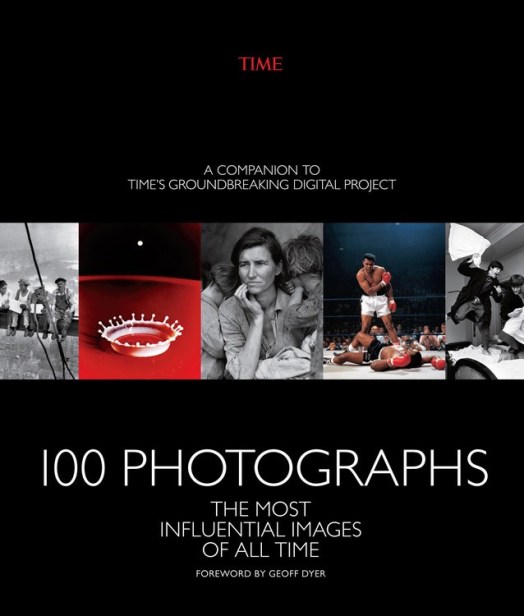 Consider this text captioning the image known as “The Face in the Surf,” Capa’s ninth frame from Omaha Beach, as published on October 1, 2016 as part of “100 Photographs: The Most Influential Images of All Time,” a special section of the Time.com website that serves as a companion to a book by the same title (or vice versa). It opens with a quote from John Morris’s voiceover for the accompanying video:
Consider this text captioning the image known as “The Face in the Surf,” Capa’s ninth frame from Omaha Beach, as published on October 1, 2016 as part of “100 Photographs: The Most Influential Images of All Time,” a special section of the Time.com website that serves as a companion to a book by the same title (or vice versa). It opens with a quote from John Morris’s voiceover for the accompanying video:
“It never occurred to me until later that in order to take that picture, Capa had to get ahead of that soldier and turn his back on the action.”
In that soundtrack, Morris continues, “… which is quite remarkable, and also is an indication of Capa’s courage.” More gratuitous mythmaking. The internal evidence in that image indicates that Capa had moved past the row of obstacles in the image immediately below, sheltering himself behind Armored Assault Vehicle 10, when he made that exposure.
You can see the same obstacles, with the Gap Assault team at work demolishing them, dimly in the background of “The Face in the Surf.” (The G.I. floating in behind his pack at the bottom left here, directly between Capa and Assault Vehicle 10, seems a likely candidate for “The Face in the Surf.” Click on image to enlarge.) In that protected position, turning his back on the enemy fire from the shore involved no more risk for Capa than facing in the other direction.
Three Time staffers — Ben Goldberger, Paul Moakley, and Kira Pollack — oversaw this “100 Photographs” project, one or more of them presumably accountable for the unsigned, error-riddled text that follows the above quote from Morris:
“It was the invasion to save civilization, and LIFE’s Robert Capa was there, the only still photographer to wade with the 34,250 troops onto Omaha Beach during the D-Day landing. His photographs — infused with jarring movement from the center of that brutal assault — gave the public an American soldier’s view of the dangers of war. The soldier in this case was Private First Class Huston Riley … Capa spent an hour and a half under fire as men around him died. A courier then transported his four rolls of film to LIFE’s London offices, and the magazine’s general manager stopped the presses to get them into the June 19 issue. Most of the film, though, showed no images after processing, and only some frames survived. The remaining images have a grainy, blurry look that gives them the frenetic feel of action, a quality that has come to define our collective memory of that epic clash.”
Much of this is patently false:
- Capa was far from “the only still photographer to wade with the 34,250 troops onto Omaha Beach during the D-Day landing.” He has the distinction of being the only one to set foot on the beach and then turn around and leave after less than half an hour. We have numerous other still photographs, as well as films, made that morning from the beach, the work of Army, Navy, and Coast Guard photographers and cinematographers. These included Herman V. Wall, Commanding Officer of the 165th Signal Photographic Company, U.S. Army, and Lt. George Steck of the 290th Signal Photo Company, along with Walter Rosenblum, Louis Weintraub, Dick Taylor, and others. From the standpoint of visual documentation, most of what we know about June 6 on Omaha Beach we owe to them. (For details of the Signal Corps’ coverage of the D-Day landing at Omaha Beach, see The Signal Corps: The Outcome (Mid-1943 through 1945) by George Raynor Thompson and Dixie R. Harris, published by the Office of the Chief of Military History, U.S. Army, 1966, pp.112-14). You can download a free PDF of this document here.)
- Based on Charles Herrick’s analysis of Capa’s images, and his determination therefrom of Capa’s arrival time and landing location, Huston Riley could not have been “the face in the surf.”
- Capa stayed on Easy Red for no more than 30 minutes, and the casualties suffered by the troops landing there proved remarkably light.
- No evidence of which I’m aware indicates that LIFE‘s “general manager stopped the presses to get [Capa’s pictures] into the June 19 issue.” (Indeed, LIFE did not have a “general manager”; John Shaw Billings served as its Managing Editor, according to that issue’s masthead. Surprising that TIME staffers would make such an obvious mistake.)
Yet there’s grounds for hope, that “thing with feathers.” I note with satisfaction the following sentence: “Most of the film … showed no images after processing, and only some frames survived.” No emulsion melt, no more darkroom disaster — just an echo here of Morris’s claim that he received multiple rolls of D-Day film from Capa.
When I first perused this relatively recent TIME online feature, I assumed that they had simply embedded therein the same short video from May 29, 2014 whose multiple deceptions in large part prompted our investigation. In fact, however, it is a significantly re-edited version thereof. Among its revisions:
• In the 2014 version, Morris does not appear on-screen, but merely as a voiceover. This new version cuts twice to video of the interview with Morris from which the voiceover derives. In it, however, Morris still recounts his polished fiction of the darkroom disaster.
• The length of the soundtrack has been slightly trimmed, and the visuals have been re-edited. In both versions, however, Morris asserts that “Finally at 6 o’clock [on the night of June 7] a messenger came to the [TIME/LIFE] office on Dean St. with a packet from Capa.” This contradicts every previous account Morris has given of that event, in all of which he states that the films did not arrive until around 9 p.m. Careless of him and this video’s producers to allow such a significant error not only to creep in but to persist through a second edit.
• The most notable change involves the removal and replacement of the digitally faked versions of Capa’s supposedly “ruined” negatives that appeared in the original, forgeries identified by Rob McElroy during the course of our investigation. This time around, the video incorporates filmstrips whose centers have been digitally whitened to represent those imaginary “lost” images — in other words, different digital fakes; this happens at timestamp 1:49. As in the original video (before our intervention), nothing on-screen indicates that these are illustrational simulations, nor do the credits include any indication of that fact. Furthermore, these filmstrips resemble neither film damaged in processing nor unexposed but developed film. (Some people never learn.)
• At the video’s conclusion, the following equivocal statement appears on-screen: “To this day, it remains unclear what happened to Robert Capa’s missing photographs.”
This represents progress, albeit incremental. The narrative has begun to shift. As Marilyn French once wrote, “Things change, but more slowly than we do.”
Worth noting that while Adrian Kelterborn remains listed as the video’s editor, the entire video now carries the credit line “Red Border Films — A TIME Production.” Kira Pollack — Director of Photography at TIME, where she also oversees photographic matters at the website TIME.com and all digital media — is the founder and Executive Producer for Red Border Films, TIME’s documentary film unit. Pollack gets top billing as Executive Producer on this revised Capa D-Day video.
[Postscript, February 2, 2017: At least one commentator has noted the discrepancy between this latest Time puffery and our research. See Sophie Pouzeratte, “Actuphoto: Une photo de Robert Capa racontée par le « Time »,” published at Actualités (Paris) on January 6, 2017. Others, however, got suckered in; see “This is the story behind Robert Capa’s D-Day photos on Normandy Beach” by John Aldred, published at DIY Photography on January 5, 2017.]
Also, while comparing the two versions of this video I noticed something that had escaped my watchful eye during my 2014 scrutiny of the original and subsequent viewings thereof. Briefly, on-screen, in both versions of the video, this verso of a print appears (click on image to enlarge):
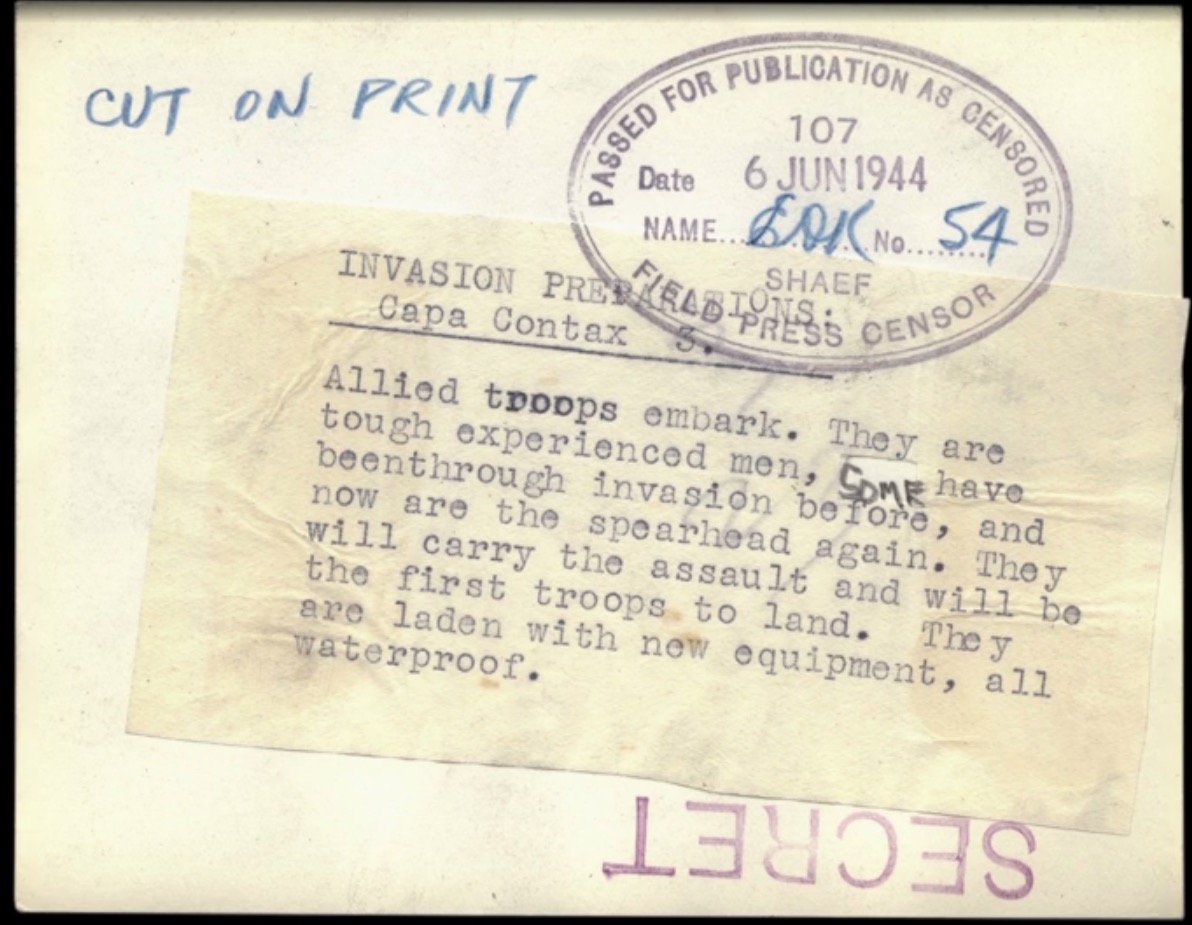
Robert Capa, untitled (troops boarding at Weymouth for D-Day), verso with caption and SHAEF stamp dated 6-6-44, screenshot from TIME video
While I have previously seen copies of June 1944 press prints from Capa’s D-Day coverage, they have been prints distributed by the press pool in London. This is the first one bearing the SHAEF censor’s stamp. This means that it must have come from one of the four original sets prepared by Morris — one for SHAEF’s files, one for LIFE in New York, one for the press pool HQ in London, and one for the files of LIFE‘s London bureau. (The video credits its copyright to the International Center of Photography, but doesn’t specify that it comes from the Capa Archive there.)
Its caption reads, in its entirety:
INVASION PREPARATIONS: Capa Contax 3. Allied troops embark. They are tough, experienced men, some have been through invasion before and now are the spearhead again. They will carry the assault and will be the first troops to land. They are laden with new equipment, all waterproof.
This comes, almost verbatim, from Capa’s own handwritten caption notes for his first roll of pre-invasion 35mm film (click on image to enlarge):
Only Morris could have transcribed Capa’s note for the caption submitted to SHAEF along with this print.
This artifact raises some interesting questions, beyond its current location:
• In his January 5, 2015 response to our investigation, “The A. D. Coleman Attack,” Morris states specifically,
“[LIFE staff photographer David] Scherman’s pictures were beautifully captioned — I think he even had a typewriter. They arrived in an advance packet on June 7, along with a similar take with handwritten captions from Bob Capa, which I had no need to edit and use.” (Emphasis mine.)
So Morris has emphatically denied editing and sending out for publication any of Capa’s pre-invasion images. Yet here we have clear, unimpeachable evidence that he selected and sought to distribute for publication at least one of those images, and most likely more. What does this mean? Why has Morris felt it necessary to lie about this?
(Note: Three of Capa’s pre-invasion images appear in Charles Christian Wertenbaker’s September 1944 quickie book Invasion!)
• If they did indeed “arrive … in an advance packet on June 7,” why does this one carry a censor’s stamp with the date “6 Jun 1944”?
• What exactly does the date of the SHAEF censor’s stamp at top right — “6 Jun 1944” — signify? Does it indicate the exact date on which that office received, logged in, and approved the print? Or does it instead indicate more broadly the date on or after which this image was “Passed for publication as censored”?
• What exactly does the “SECRET” stamp at the bottom right signify, in conjunction with “Passed for publication as censored”?
•
In previous posts I have also detailed at length the involvement of TIME/LIFE Inc. — as another charter member of the “Capa Consortium” — in the proliferation of the Capa D-Day myth. The new, revised version of that 2014 video updates the history of this media conglomerate’s complex role in that project.
What’s telling here is this: All the evidence necessary to impeach the story that Morris and Capa and these others have told all these years — the story that Morris retells in “Behind the Photo: Robert Capa’s D-Day,” the brief TIME video from May 29, 2014, whose publication set this investigation in motion, and that he repeats in this update — is presented as visual imagery in the original version of that same video. But it goes by too fast to analyze. You simply have to stop the flow of the video, freezing time by turning it into a set of still photographs, in order to read the images and words carefully. Then it becomes an unintentional, uncoerced confession.
Now that’s irony.
•
This post sponsored by a donation from photographer Walter Dufresne.
 Special offer: If you want me to either continue pursuing a particular subject or give you a break and (for one post) write on a topic — my choice — other than the current main story, make a donation of $50 via the PayPal widget below, indicating your preference in a note accompanying your donation. I’ll credit you as that new post’s sponsor, and link to a website of your choosing. Include a note with your snail-mail address (or email it to me separately) for a free signed copy of my 1995 book Critical Focus!
Special offer: If you want me to either continue pursuing a particular subject or give you a break and (for one post) write on a topic — my choice — other than the current main story, make a donation of $50 via the PayPal widget below, indicating your preference in a note accompanying your donation. I’ll credit you as that new post’s sponsor, and link to a website of your choosing. Include a note with your snail-mail address (or email it to me separately) for a free signed copy of my 1995 book Critical Focus!
 But wait! There’s more! Donate now and I’ll include a copy of The Silent Strength of Liu Xia, the catalog of the 2012-13 touring exhibition of photos by the dissident Chinese photographer, artist, and poet, currently in her sixth year of extralegal house arrest in Beijing. The only publication of her photographic work, it includes all 26 images in the exhibition, plus another 14 from the same series, along with essays by Guy Sorman, Andrew Nathan, and Cui Weiping, professor at the Beijing Film Academy.
But wait! There’s more! Donate now and I’ll include a copy of The Silent Strength of Liu Xia, the catalog of the 2012-13 touring exhibition of photos by the dissident Chinese photographer, artist, and poet, currently in her sixth year of extralegal house arrest in Beijing. The only publication of her photographic work, it includes all 26 images in the exhibition, plus another 14 from the same series, along with essays by Guy Sorman, Andrew Nathan, and Cui Weiping, professor at the Beijing Film Academy.


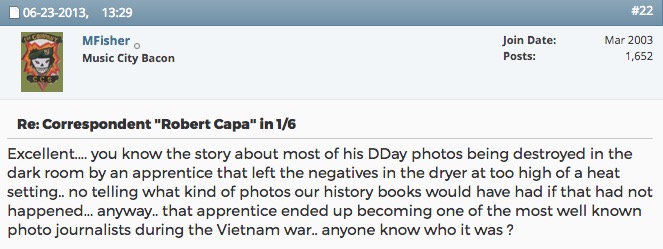
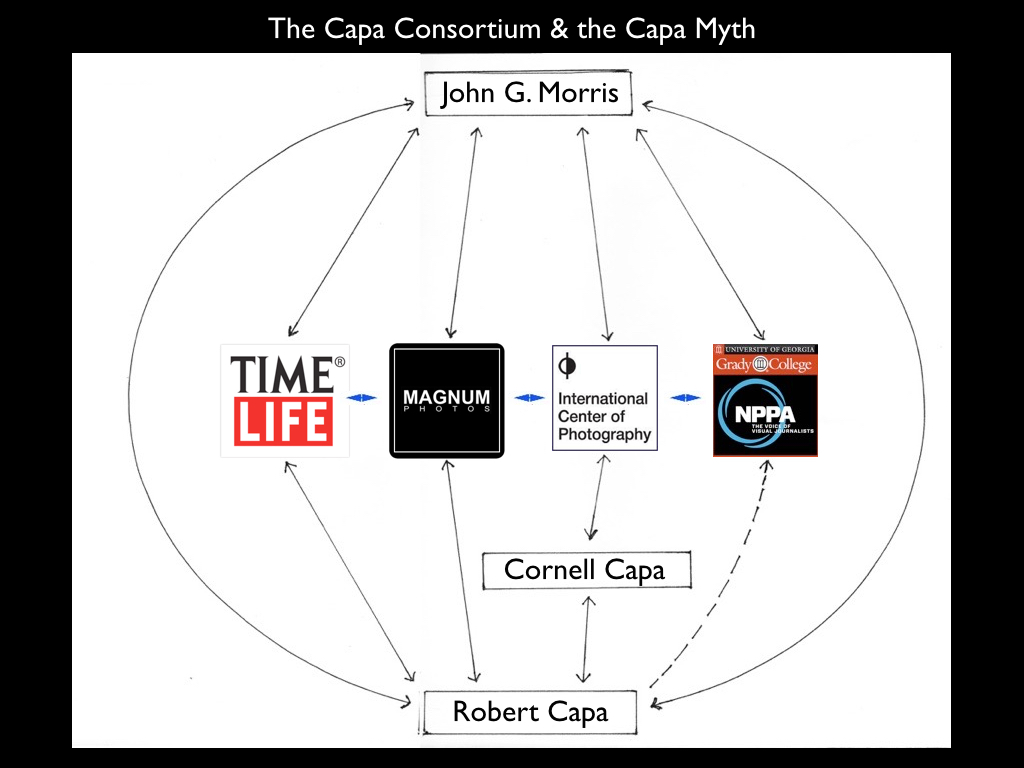
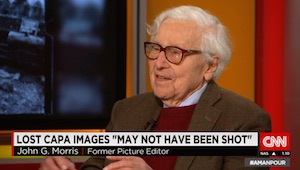

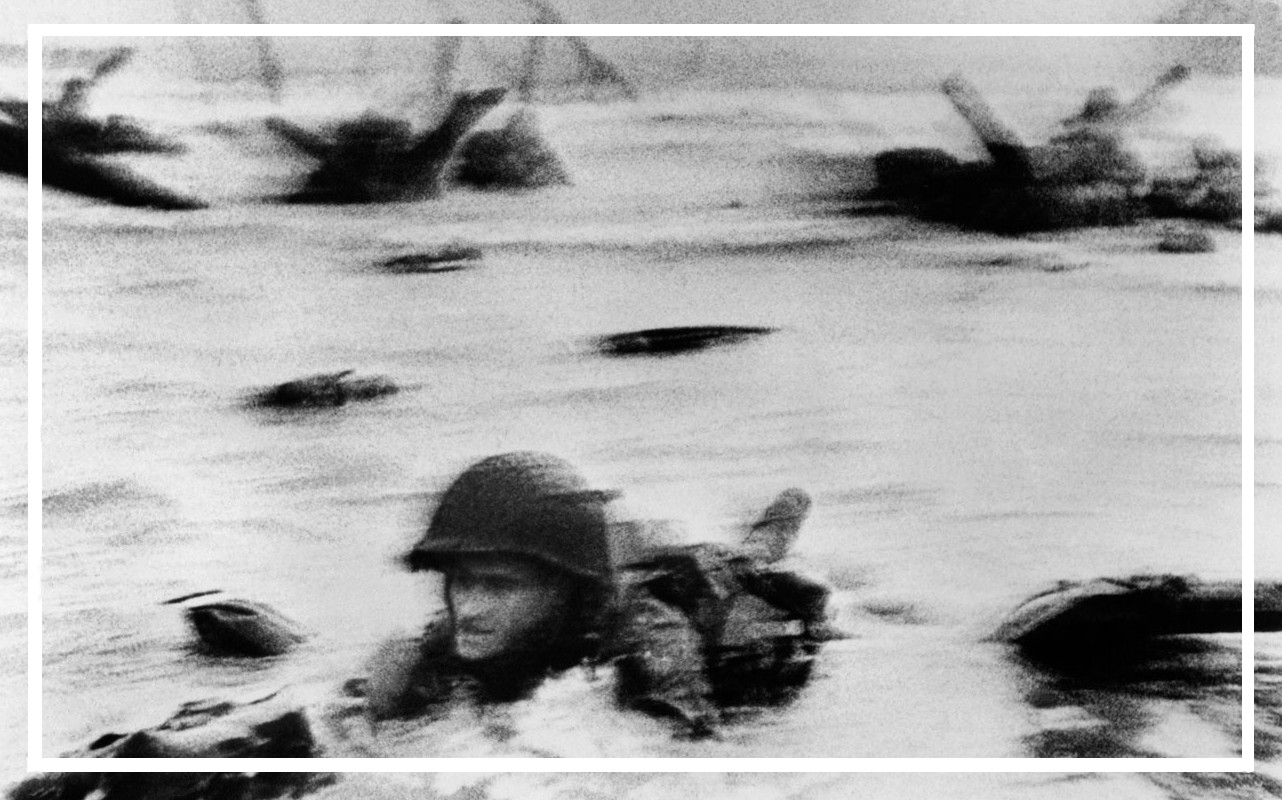
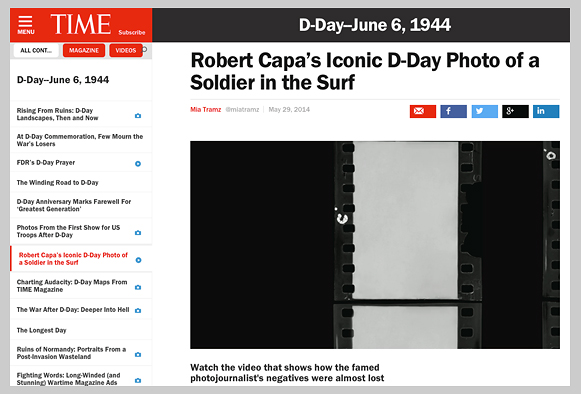
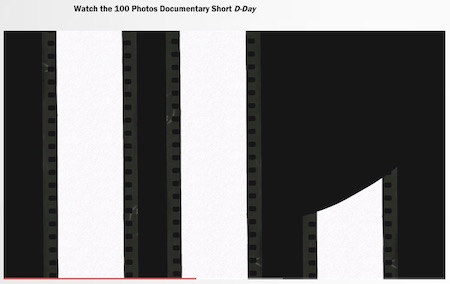
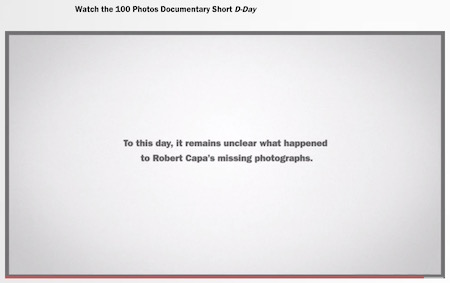
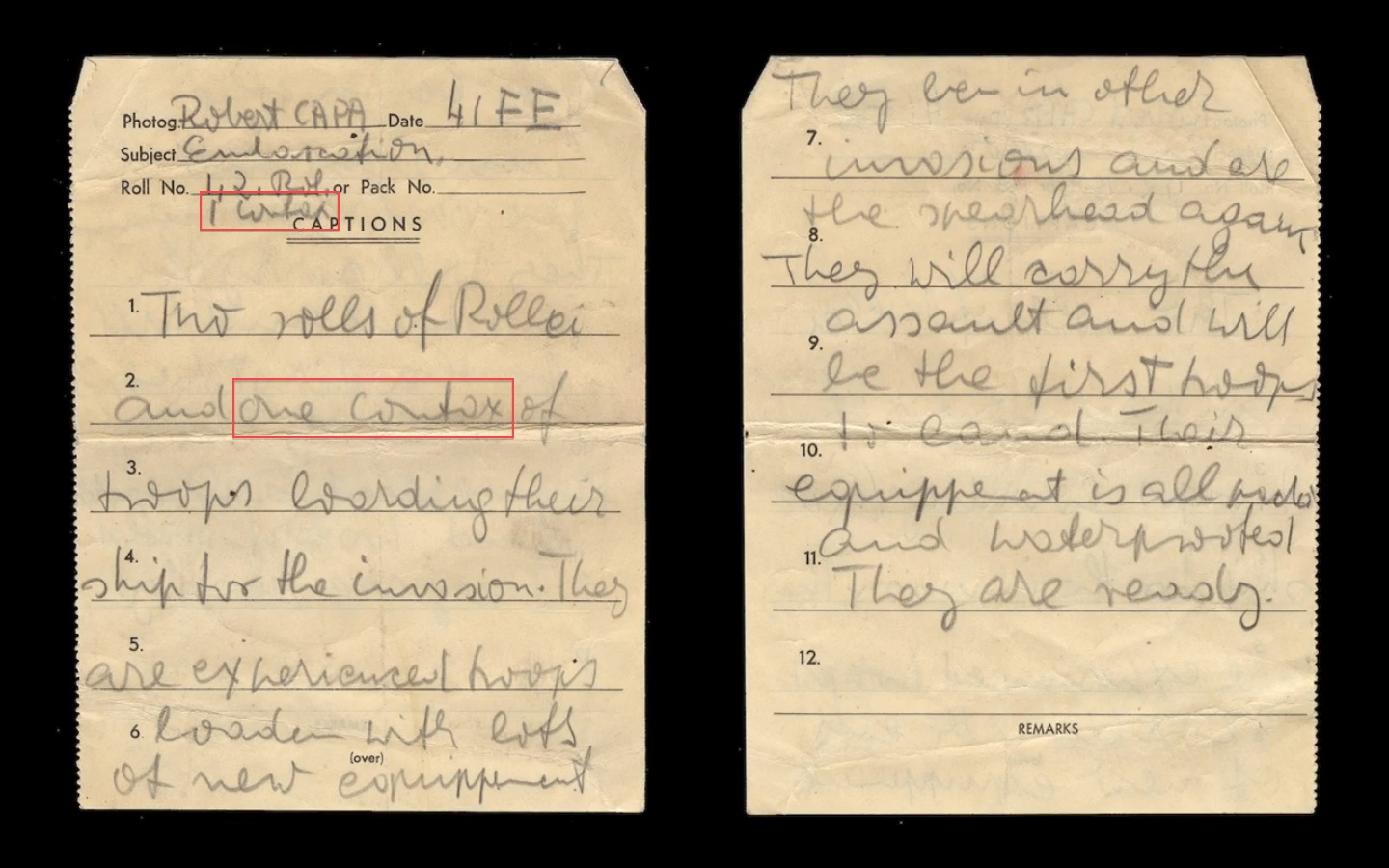
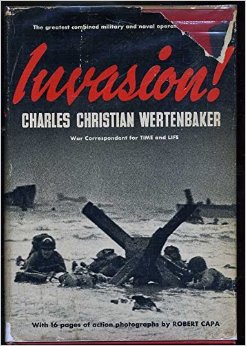
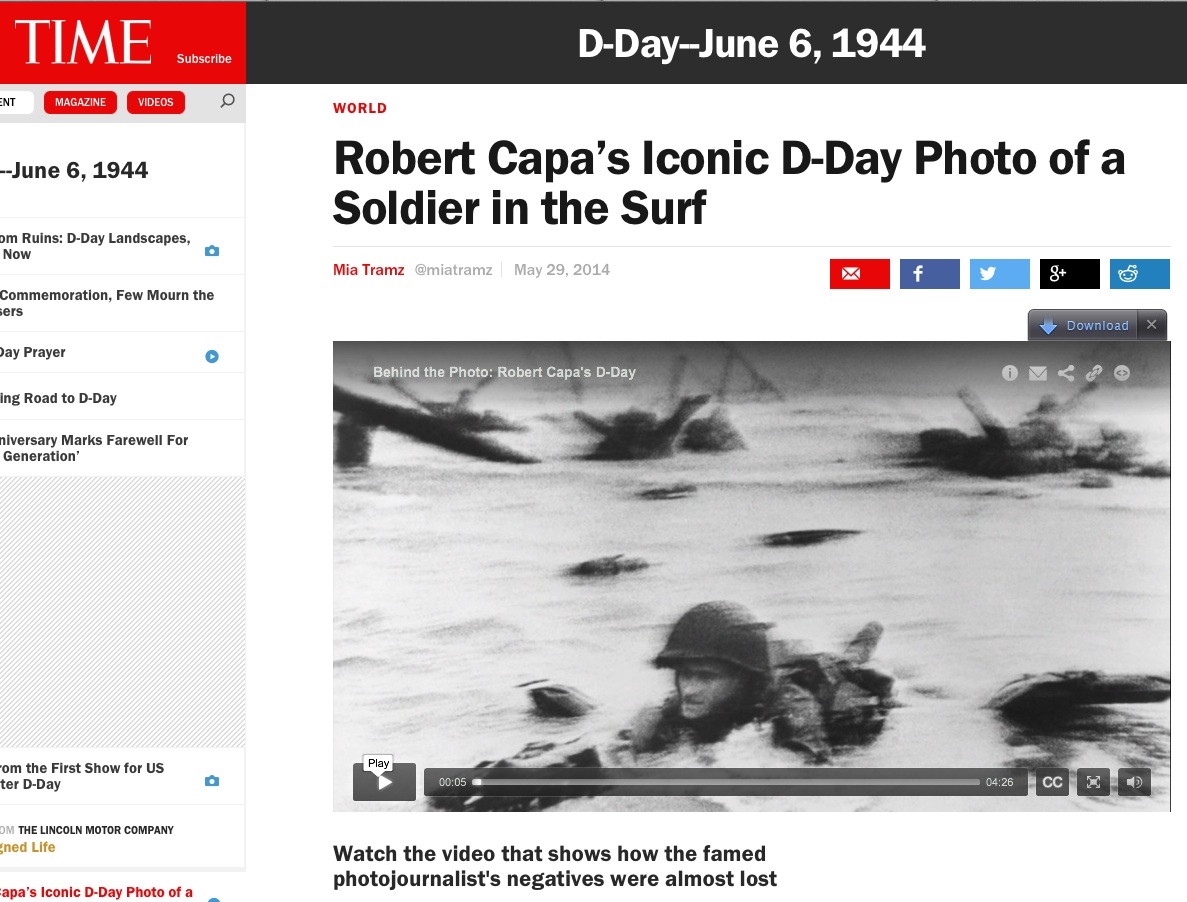




Leave a Comment